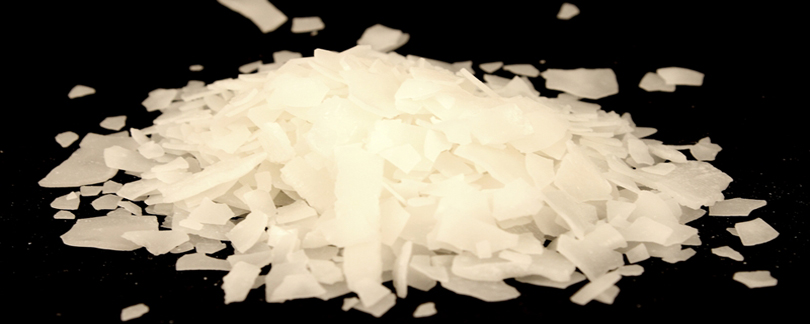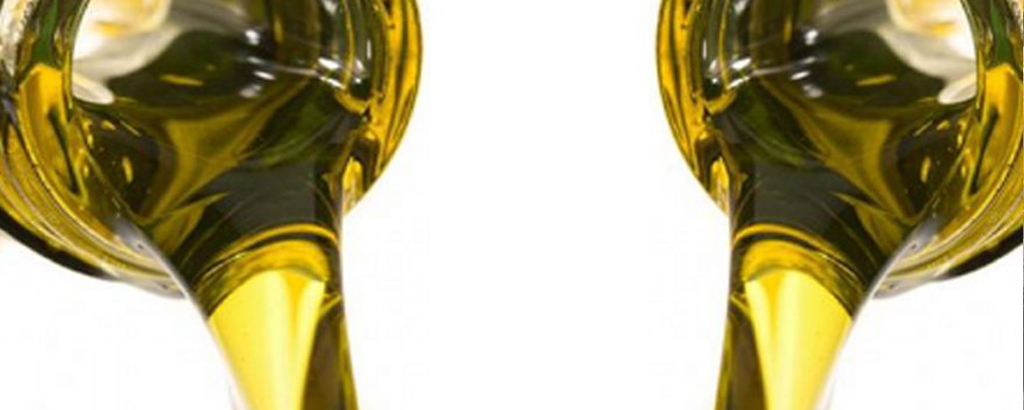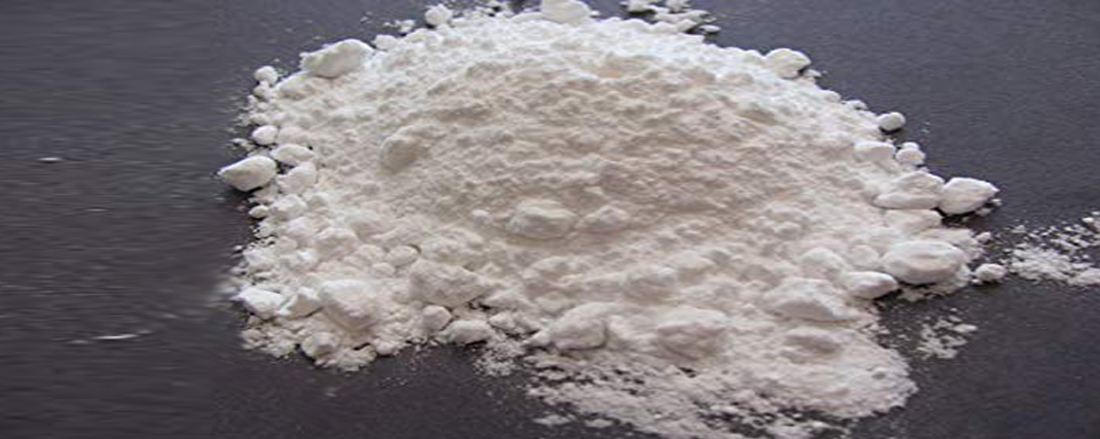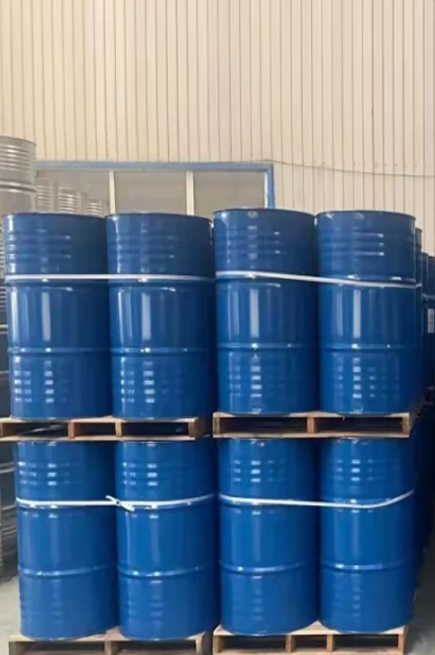Laboratory GRADE materials :::
Chloride test:
50cc un-filtered wash add to 30 cc distilled water shake well to dissolve salt and then filter qualitatively.
Colloidal particles are not simple molecules but physical aggregation of molecules . They readily pass through ordinary filter paper.. Turbidity is a measure of the refraction of the liquid. Colloidal matter indicates hydrocarbons, chlorides and other residues.
Note: Methanol cannot dissolve salt or loosen the sodium cation/chloride anion from the NaCL ionic bond. -only water with high solvent power and high dielectric constant can do this. NaCL crystal is extremely strong and rigid. A Sodium ion is equally attracted to 6 Chloride ions.
To this 80cc mixture--- add 1/2 cc silver nitrate( strength 10%) plus 2cc nitric acid ( strength 20%) plus 17.5 cc di water to make 100 cc total.
Shake and stand for 5 minutes. Compare milkiness with a standard comparator of 1ppm made as follows:
50cc Methanol + 4cc standard Chloride soln ( strength 10ppm ) + 1/2 cc Silver Nitrate ( strength 10%) + 2cc Nitric acid ( strength 20%) + 43.5 cc DI water to make total 100cc solution . Memorise this milkiness as the failing standard for the current voyage.
(for 0.5 ppm comparator put 2 cc of standard chloride soln, for 0.250 ppm put 1 CC.) For 2 ppm put 8cc NaCl ----for 4ppm put 16cc NaCl.
Why Nitric acid ??--- Nitric acid parts the silver vide the assaying process as chemically silver is not active and dissolves only in strong Nitric acid or H2So4.
The method of not involving Nitric acid in the Chloride test could pass a ship staff tank WWT , while a shore gas ion chromatograph will fail the sample for Mono Ethylene Glycol fibre grade. Nitric acid decomposes Sodium Cyanide and Sodium Sulphide which otherwise form precipitate with AgNO3 and thus interfere with the lab test.
Preventing Silver Nitrate stains on your skin
Here is a neat trick :::
1 - Dissolve 2 teaspoons of common table salt in 1 Cup of warm water.
2 - Place this Salt solution close by where you will be working with Silver Nitrate solutions.
Then, if you spill Silver Nitrate solution on your skin, do this:
1 - Stop what you are doing.
2 - Rub the Salt solution completely onto your skin, where you think the Silver Nitrate spilled.
3 - Rub HARD, get the Salt solution as deeply into your skin as you can. You can use a paper towel.
4 - Work quickly - you have about 10 seconds!
5 - After a minute or so, rinse off the Salt solution in plain tap water. If you do this promptly, the Silver Nitrate will convert to Silver Chloride, and your skin will not darken when you later go out into the sunlight!
Proper Shipping Name: Silver nitrate
UN1493
Class: 5.1
Packing Group: II
Normal (Molar) High Purity Distilled or D.I.
Solution Desired Silver Nitrate Water to Make
0.0141 N 2.395 grams 1 Liter
0.0171 N 2.904 grams 1 Liter
0.0192 N 3.261 grams 1 Liter
0.020 N 3.397 grams 1 Liter
0.025 N 4.246 grams 1 Liter
0.0282 N 4.790 grams 1 Liter
0.045 N 7.644 grams 1 Liter
0.050 N 8.493 grams 1 Liter
0.1 N 16.987 grams 1 Liter
0.141 N 23.951 grams 1 Liter
0.153 N 25.990 grams 1 Liter
0.171 N 29.047 grams 1 Liter
0.2 N 33.974 grams 1 Liter
0.25 N 42.467 grams 1 Liter
0.282 N 47.903 grams 1 Liter
0.5 N 84.935 grams 1 Liter
1.0 N 169.870 grams 1 Liter
2.0 N 339.740 grams 1 Liter
3.0 N 509.610 grams 1 Liter
4.0 N 679.480 grams 1 Liter





